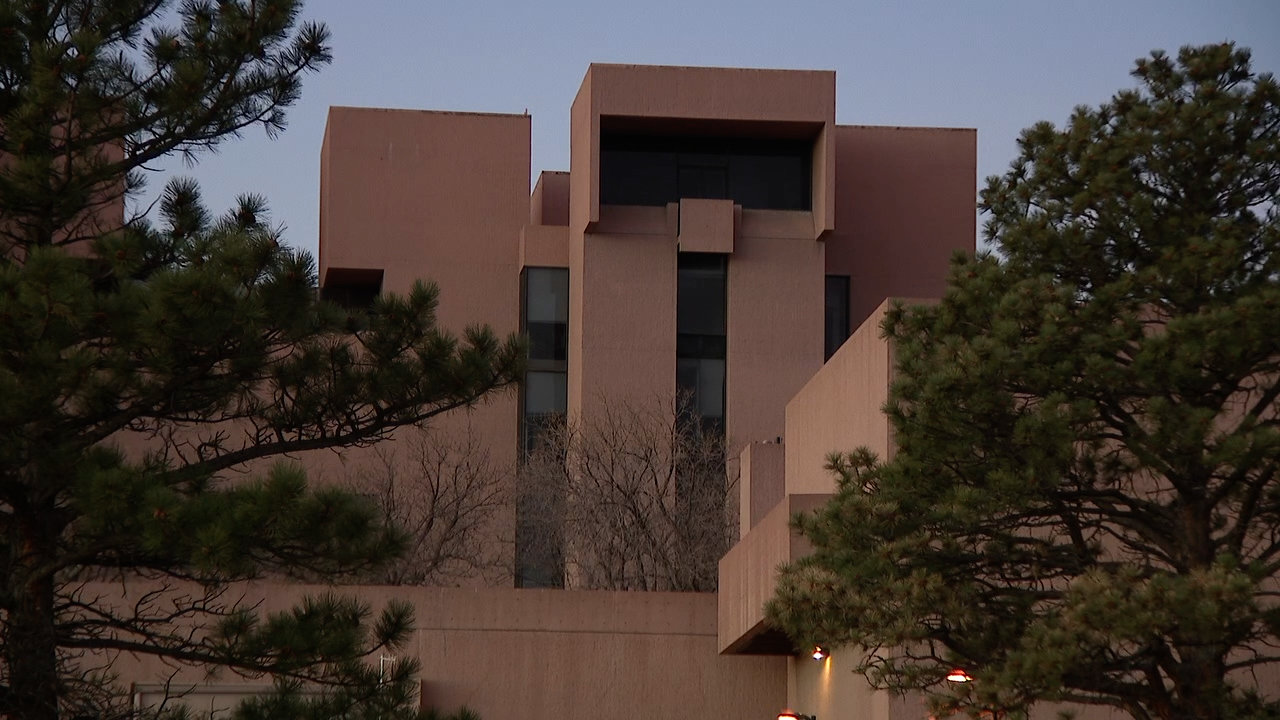The future of energy in America may be blowing in the wind.
Wind power currently provides only about 10% of the country's electricity, mostly from the 70,000 land-based turbines in the U.S.
But 35 miles off the coast of Montauk Point, New York, South Fork Wind could represent the next frontier of energy.
"It's the start of many more offshore wind farms to come. There'll be thousands more turbines over the years that are built, starting really with South Fork," said Jennifer Garvey of the Danish company Orsted, who says the farm, now under construction, will feature a dozen turbines in all.
Its tower sections are 800 feet tall, about 1 1/2 times the size of the Statue of Liberty. At 300 feet, its blades are almost as long as a football field.
"South Fork Wind, once complete, will power approximately 70,000 homes each year, and it's only 12 turbines. Can you imagine 12 turbines, 70,000 homes powered? It's pretty remarkable," Garvey said.

Rural counties fight back against push for more wind turbines
The fight in Tama County, Iowa, is an example of a resistance forming nationwide.
There are a handful of turbines currently operating offshore in the U.S., generating electrical energy by using wind to rotate magnets inside a coil of conductive wire. But South Fork is considered the country's first utility-scale, water-based farm designed to produce massive amounts of electricity.
Developers say they altered plans to address fears the project would disrupt fishing and dismiss claims that the towers endanger birds. They say cars, cats and climate change are a greater threat to birds.
Denmark leads the world in this field, with wind supplying 57% of its total electricity. Four other European nations generate 25% or more.
"To finally see these projects here in the U.S. come to fruition is just very satisfying because it means we're finally starting to do our part to combat climate change, to sort of catch up with the rest of the world," Garvey said.
Overall, the offshore wind industry in the U.S. is still facing hurdles, stymied by supply shortages and escalating costs.
The New York Times reports that contracts have been awarded to build about two dozen offshore wind farms to power 6 million homes. However, developers have canceled or asked to renegotiate on nearly half of that capacity.











